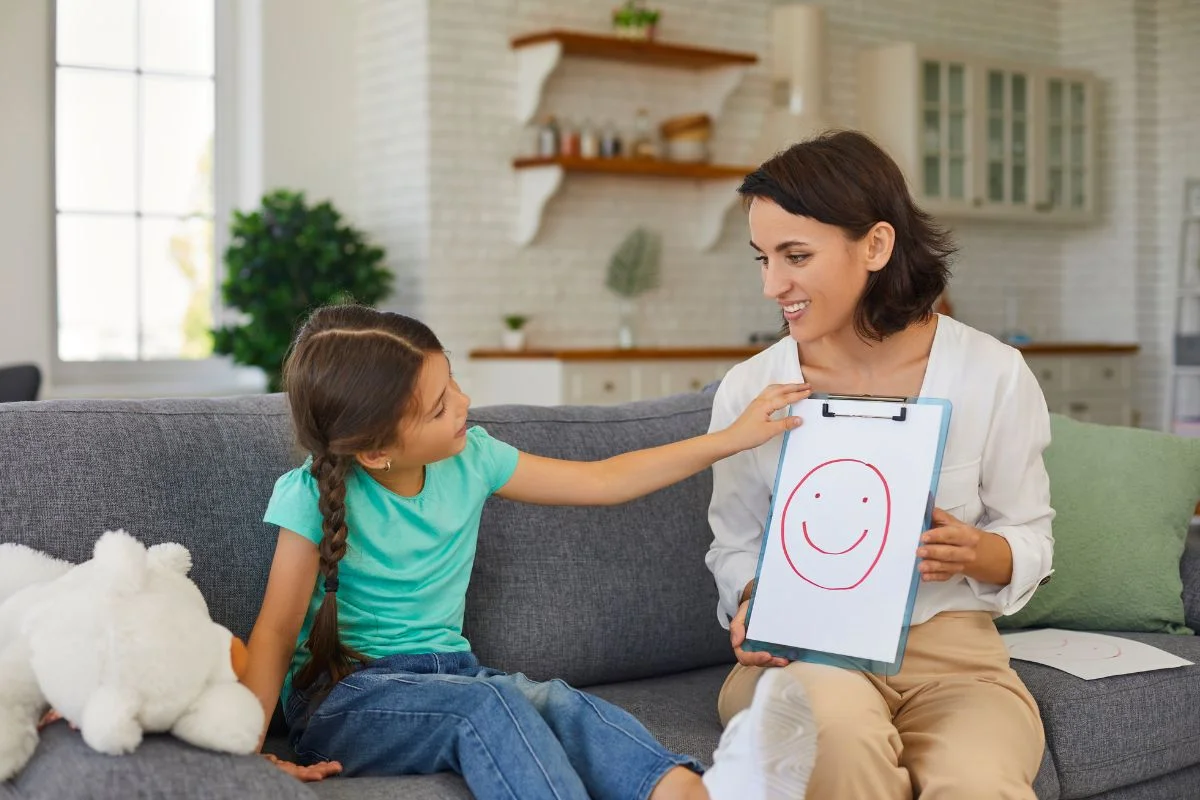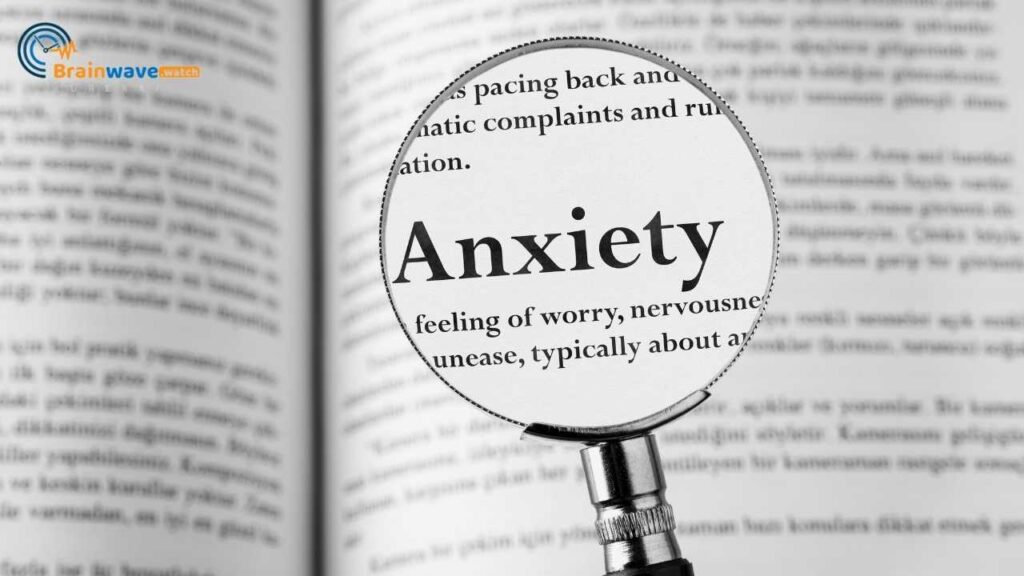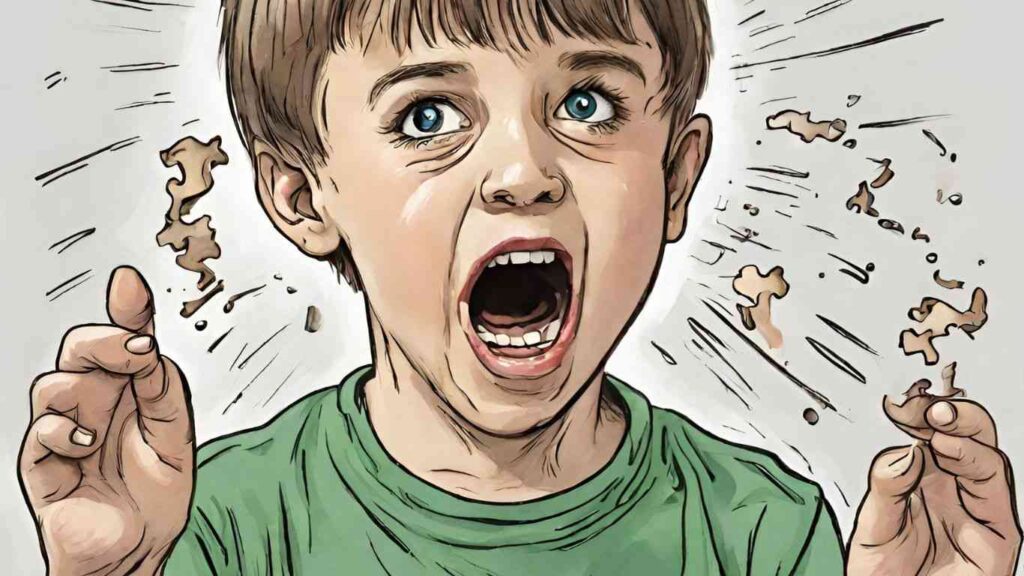Inappropriate laughter is a common behaviour in individuals with autism spectrum disorder (ASD). It is often seen as a response to social situations that are confusing or overwhelming. For example, a person with ASD may laugh inappropriately when they are nervous or anxious or when they don’t understand a joke or sarcasm.
Inappropriate laughter can also result from sensory overload. Individuals with ASD may experience sensory input differently; certain stimuli can trigger inappropriate laughter. For example, a loud noise or bright light may cause a person with ASD to laugh uncontrollably.
Inappropriate laughter is not a form of intentional misbehaviour or disrespect. Rather, it is a coping mechanism that individuals with ASD use to deal with the challenges of social interaction.
To better understand inappropriate laughter in autism, caregivers and professionals can identify triggers for the behaviour. This can include certain social situations, sensory stimuli, or emotional states. Once triggers are identified, individuals with ASD can be taught replacement behaviours to help them cope with these situations.
Strategies to Manage Inappropriate Laughter

Individuals with autism may experience inappropriate laughter due to various triggers, such as stress, anxiety, or sensory overload. Fortunately, several strategies can help manage this behaviour. Here are some effective strategies:
Behavioural Interventions
Behavioural interventions can help individuals with autism understand the impact of inappropriate laughter and develop alternative responses. For example, visual cues and prompts can assist individuals with autism in understanding and following instructions, reducing confusion and inappropriate laughter.
Communication Techniques
Communication techniques can also help manage inappropriate laughter in individuals with autism. For instance, social skills training can teach individuals to recognize and respond appropriately to social cues, reducing the likelihood of inappropriate laughter. Teaching replacement behaviours can help individuals learn alternative ways to express themselves.
Environmental Adjustments
Adjusting the environment can also help reduce inappropriate laughter in individuals with autism. For example, deep breathing exercises can help individuals with autism manage their emotions and reduce inappropriate laughter. Furthermore, listening to soothing music can change the mood and focus, reducing the likelihood of inappropriate laughter.
Identifying Triggers for Laughter

Inappropriate laughter can occur in individuals with autism due to a variety of reasons. Identifying the triggers for laughter is an important first step toward managing and stopping this behaviour.
One common trigger for inappropriate laughter in individuals with autism is sensory overload. Loud noises, bright lights, and strong smells can all be overwhelming and cause a person to laugh inappropriately. Sometimes, the person may also cover their ears or eyes or display other signs of distress.
Another trigger for inappropriate laughter in individuals with autism is social anxiety. The person may feel uncomfortable or anxious in social situations and use laughter as a coping mechanism. They may also laugh in response to social cues they do not understand, such as sarcasm or irony.
Consider the individual’s specific interests and obsessions. They may laugh in response to something related to their interests, even if it is not appropriate in the context. For example, if people are obsessed with trains, they may laugh inappropriately at a funeral if they see a train passing by.
Identifying triggers for inappropriate laughter requires careful observation and analysis of the individual’s behaviour. Once the triggers have been identified, steps can be taken to address them and help the person manage their behaviour. This may involve changing the environment, teaching replacement behaviours, and seeking professional help.
Supporting Autistic Individuals Socially

In educational settings, teachers and staff must create a supportive environment for autistic individuals. This includes providing opportunities for social interaction and communication and teaching social skills and appropriate behaviour. Visual supports, such as pictures or symbols, can assist individuals with autism in understanding and following instructions, reducing confusion and inappropriate laughter.
Teachers and staff can encourage peer support and interaction by pairing autistic individuals with typically developing peers. This can help to increase social skills and reduce inappropriate laughter. It is also important to provide opportunities for sensory regulation, such as sensory breaks or a sensory-friendly classroom environment.
Family and Community Support
Family and community support is also crucial for autistic individuals. Family members can provide emotional support, understanding, and opportunities for social interaction and communication. They can also assist with developing social skills and appropriate behaviour.
Community support can be social skills groups or recreational activities that provide opportunities for social interaction and communication. Community members need to be educated about autism and provide a supportive and inclusive environment for autistic individuals.
Supporting autistic individuals socially requires collaboration between educational settings, family, and community. Providing opportunities for social interaction and communication, teaching social skills, and creating a supportive environment can all help to reduce inappropriate laughter and increase social skills.
Professional Assistance and Therapy Options
Psychological therapies can help treat inappropriate laughter in individuals with autism. These therapies can help individuals learn coping mechanisms and strategies to manage their laughter. Cognitive-behavioral therapy (CBT) is one type of psychological therapy that is effective in treating inappropriate laughter in individuals with autism. CBT can help individuals identify triggers for their laughter and develop alternative responses.
Occupational therapy can also be beneficial in treating inappropriate laughter in individuals with autism. Occupational therapists can work with individuals to develop sensory integration strategies and improve communication and social skills. They can also help individuals with autism improve their motor skills, which can help reduce inappropriate laughter.
Professional assistance and therapy options should always be sought in consultation with a healthcare provider or licensed therapist. A healthcare provider can help individuals with autism determine which therapies may be most effective for them and develop a treatment plan tailored to their needs.







